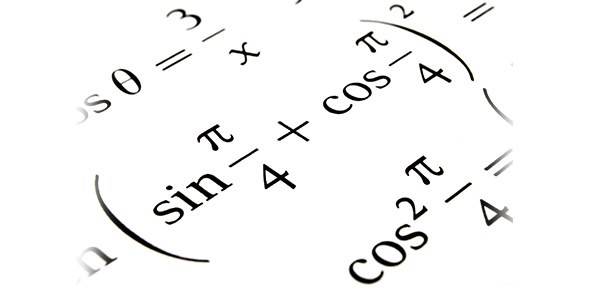Related Flashcards
Related Topics
Cards In This Set
| Front | Back |
|
Polis
|
Originates from the ancient Greek city-states, which developed during the Archaic period, the ancestor of city, state and citizenship, and persisted (though with decreasing influence) well into Roman times, when the equivalent Latin word was civitas, also meaning 'citizenhood', while municipium applied to a non-sovereign local entity.
|
|
Amphora
|
A type of vase-shaped ceramic container with two handles and a long neck narrower than the body. The word amphorais Latin, derived from the Greek amphoreus (αμφορεύς), an abbreviation of amphiphoreus (αμφιφορεύς), a compound word combining amphi- ("on both sides", "twain") plus phoreus ("carrier"), from pherein ("to carry"), referring to the vessel's two carrying handles on opposite sides.[1]
|
|
Krater
|
A large vase used to mix wine and water in Ancient Greece
|
|
Black-figure technique
|
Figures and ornaments were painted on the body of the vessel using shapes and colors reminiscent of silhouettes. Delicate contours were incised into the paint before firing, and details could be reinforced and highlighted with opaque colors, usually white and red.
|
|
Red-figure technique
|
Red figure is, put simply, the reverse of the black figure technique. The paintings were applied to the shaped but unfired vessels after they had dried to a leathery, near-brittle texture. In Attica, the normal unburnt clay was of orange colour at this stage. The outlines of the intended figures were drawn either with a blunt scraper, leaving a slight groove, or with charcoal, which would disappear entirely during firing. Then, the contours were redrawn with a brush, using a glossy clay slip. Occasionally, the painter decided to somewhat change the figural scene. In such cases, the grooves from the original sketch sometimes remain visible. Important contours were often drawn with a thicker slip, leading to a slightly protruding outline (relief line); less important lines and internal details were drawn with diluted glossy clay. Detail in other colours, like white or red, were applied at this point. The relief line was probably drawn with a bristle brush or a hair, dipped in thick paint. The suggestion of a hollow needle seems somewhat unlikely[1]. The application of relief outlines was necessary, as the rather liquid glossy clay would otherwise have turned out too dull. After the technique's initial phase of development, both alternatives were used, so as to differentiate gradations and details more clearly. The space between figures was filled with a glossy grey clay slip. Then, the vases underwent triple-phase firing, during which the glossy clay reached its characteristic black or black-brown colour through reduction, the reddish color by a final re-oxidation.[2] Since this final oxidizing phase was fired using lower temperatures, the glazed parts of the vase did not re-oxidize from black to red: their finer surface was melted (sintered) in the reducing phase, and now protected from oxygen.
|
|
Kouros/Kore
|
A kouros (plural kouroi, Ancient Greek κοῦρος) is the modern term[1] given to those representations of male youths which first appear in the Archaic period in Greece most like depicting Apollo.Kore refered to a female statue most likely depicting Persiphone
|
|
Foreshortening
|
The visual effect or optical illusion that an object or distance appears shorter than it actually is because it is angled toward the viewer.
|
|
Humanism
|
Portraying "real" people rather than anthropomorphic gods
|
|
Naos
|
Efers to the Cella, i.e. the inner chamber of a temple which houses a cult figure.
|
|
Peristyle
|
A columned porch or open colonnade in a buildingsurrounding a court that may contain an internal garden.
|
|
Pediment
|
Consisting of the triangular section found above the horizontal structure (entablature), typically supported by columns. The gable end of the pediment is surrounded by the cornice moulding. Thetympanum, or triangular area within the pediment, was often decorated with sculptures and reliefs demonstrating scenes of Greek and Roman mythology or allegorical figures.
|
|
What is this?
|
Doric Order
|
|
What is this?
|
Ionic Order
|
|
Capital
|
He capital (from the Latin caput, 'head') forms the crowning member of a column or a pilaster.
|
|
Frieze
|
The wide central section part of an entablature and may be plain in the Ionic or Doric order—decorated with bas-reliefs.
|







